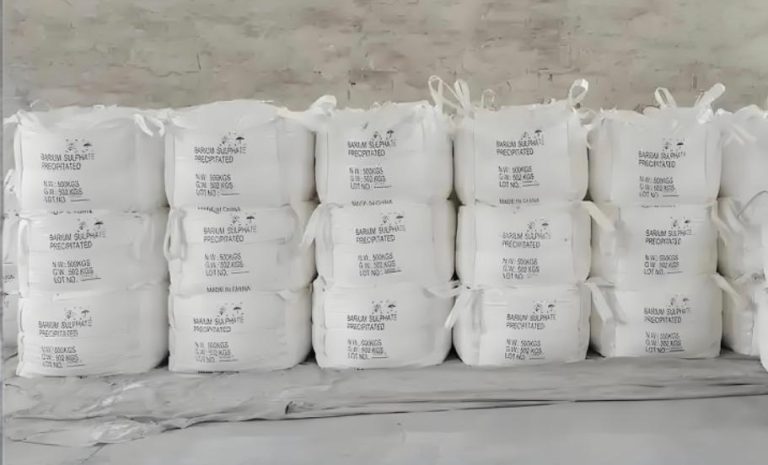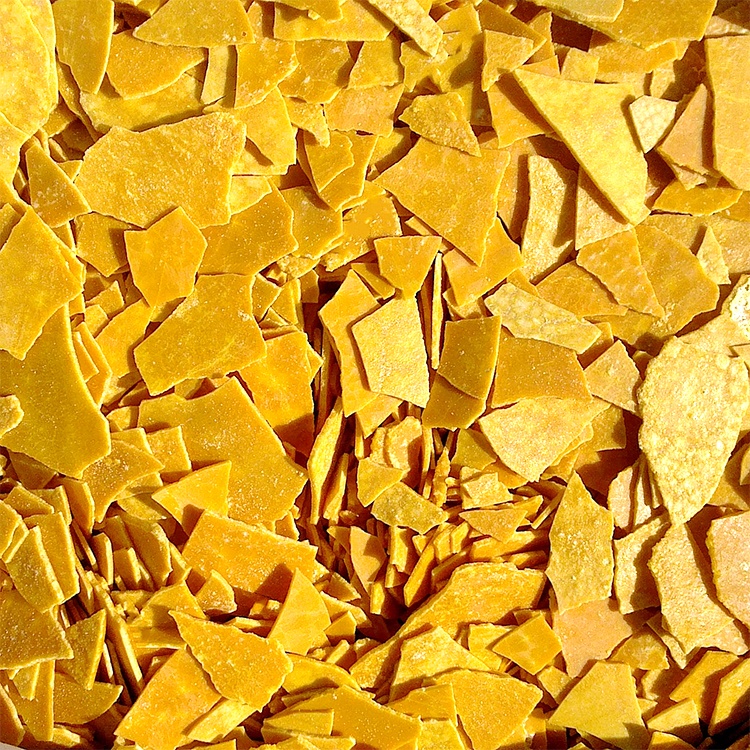
If you work in chemical production, you know sodium hydrosulfide (NaHS) is a must for many processes. But liquid NaHS is way more convenient than the solid form—no need to crush or dissolve it first. You can just add it straight to your production line in the right ratio, which saves a ton of time on pre-treatment. It’s also easier to control how much you use, and handling the post-process environmental stuff is simpler too. Let’s break down how it works in key industries, with the real benefits you’ll see.
- Mineral Processing: 30% Faster Separation for Copper, Lead & Zinc
In plants that process non-ferrous metals like copper, lead, and zinc, liquid NaHS works as a sulfidizing agent and depressant—it helps separate valuable minerals from the junk. For high-sulfur ores, it forms a sulfide film on the mineral surface. That makes it easier for collectors to stick to the good minerals, and it stops impurities like pyrite from floating up.
One lead-zinc mine operator told us: with solid NaHS, just dissolving it and getting the concentration right took over 40 minutes. That dragged out the whole batch processing time. But when they switched to 30% liquid NaHS, pre-treatment dropped to 15 minutes. The batch cycle got 25% shorter. Even better, lead concentrate recovery went up 3.2%, and zinc by 2.8%. That added up to over 8 million RMB in extra profits each year, just from working faster and getting more mineral out. Now they can’t do without it for processing mixed sulfide ores—especially the tricky high-sulfur ones.
- Leather Tanning: Faster Hair Removal, Lower Wastewater Bills
Hair removal is a big step in the “preparation stage” of tanning. The old lime-sulfide method uses NaHS to break down the keratin in raw hides, so the hair comes off from the collagen. But solid NaHS was a hassle: you’d spend 30 minutes dissolving it, then stir non-stop to get the concentration right. And half the time, the hair removal was uneven—some spots too bare, some still fuzzy. That meant extra work trimming and re-treating, so each hide took 2.5 hours total.
Then they switched to 25% liquid NaHS. Just pour it right into the hair-removal tank—no dissolving needed. The concentration stays consistent (way better than 90% more uniform than solid), so each hide only takes 1.5 hours to process. That’s a 40% cut in time. Workers say the hides come out more uniform now, so the next steps are smoother. And the wastewater has 18% less suspended solids, which cut their annual sewage treatment costs by 12%. The China Leather Industry Yearbook 2024 says 68% of big tanneries in China use liquid NaHS now—they’re 35% more efficient on average than the ones still using solid.
- Dye & Pharma Industries: Faster Reactions, Purer Products, Less Hazardous Waste
Liquid NaHS is everywhere in dye making—think sulfur black or azo dyes—and in pharma intermediates, like for the anti-tuberculosis drug isoniazid. It works because it’s a reducer and gives off thiol groups, which are key for sulfidation and reduction reactions in molecule building.
Dyes: One dye factory used to make sulfur black with solid NaHS. They’d wait 60 minutes just for the reaction to get going steady. With 30% liquid NaHS? The “start-up time” dropped to 25 minutes. Total cycle time got 58% shorter. And since the liquid mixes so evenly, the dye color stays consistent. Batch-to-batch color differences went from 8% to just 2.3%—way fewer customer complaints.
Pharma: A company making 4-methylpyridine-3-thiol (a key intermediate for isoniazid) used to get 72% yield with solid NaHS. Switch to liquid, and yield jumped to 89%. By-products are now under 0.5%, so purification takes 30% less time. The product purity hits 99.2%—solid only got them to 97.5%. And since you can measure liquid NaHS so precisely, there’s no overdoing it. That factory’s wastewater now has 22% less thiocyanate, so they handle 150 tons less hazardous waste each year.
- Wastewater Treatment: Heavy Metals Gone in 15 Minutes
Electroplating and smelting plants always fight heavy metal pollution in their wastewater—copper, mercury, cadmium, you name it. Liquid NaHS fixes that: it reacts with heavy metal ions to make insoluble sulfide precipitates, which pull the metals out of the water.
One electroplating plant had wastewater with 150mg/L of copper. With solid NaHS, they waited 45 minutes to get it to meet discharge standards. But with 20% liquid NaHS? 15 minutes flat, and copper removal hit 99.8%. The effluent had less than 0.3mg/L of copper—way under GB 21900-2008 Class I standards. That’s three times faster.
Cost-wise, it’s a no-brainer. They treat 1,000 tons of wastewater a day. With liquid NaHS, they use 0.8kg per ton—solid needed 1.2kg. That’s 33% less on chemicals. And they make 25% less sludge, so sludge disposal costs drop by around 600,000 RMB a year.





